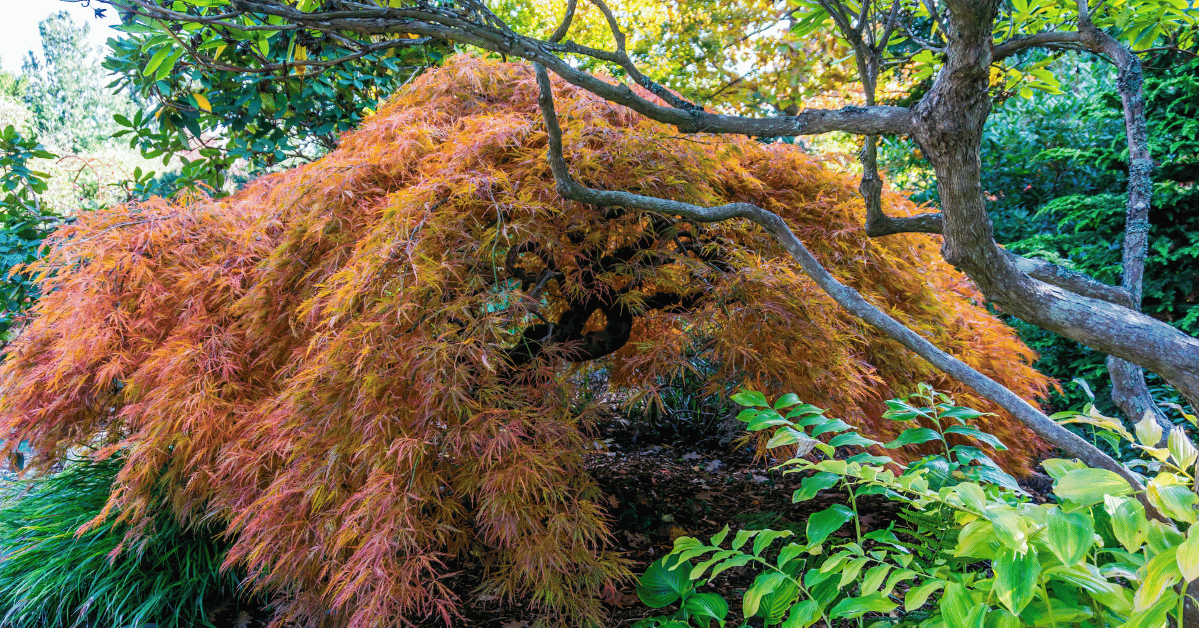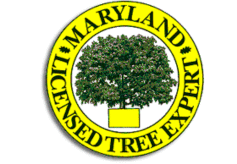Learning to identify trees is a process that can be quite easy, provided that you know what to look for. Identifying trees is a wonderful thing to learn, whether you are taking a stroll, or simply inspecting the trees in your yard. Here's a quick guide that will cover some of the basic information needed to get you started.
Getting Started – What You Will Observe
Trees are very diverse and identifying them is much simpler than people think. The most obvious way to identify a tree is by its leaves, but the leaves can be very similar among many species of trees. Most trees have either needle-type leaves, scale-like leaves, or flat leaves. Trees that belong to the pine, spruce, and fir families generally have needle-type leaves. Trees in the oak, maple, and birch families generally have flat leaves.
Now that you have determined the type of leaves on a tree, the shape of the leaves should be examined. The shape of leaves varies greatly among the many types of trees. For example, oak leaves are lobed (i.e., "lobbed" leaves have rounded extensions). Redbud leaves are heart-shaped. Maple leaves are typically shaped like a teardrop. Birch leaves are oval-shaped.
Leaf Arrangement
Another key element of identifying a tree is the arrangement of its leaves. There are two primary arrangements of leaves on a tree: paired (also known as opposite) and alternating (also referred to as alternate). This is particularly important when identifying deciduous trees because the arrangement of the leaves is one of the most reliable ways to determine the type of tree.
Edge of the Leaf
In addition to determining the type of leaves on a tree and the shape of those leaves, the edges of the leaves should be evaluated. This can provide additional information regarding the potential type of tree.
For example, leaves with smooth edges are generally associated with magnolias. Leaves with toothed edges are generally associated with birches. Leaves with lobed edges are commonly associated with oaks and maples.
Combining all of these factors provides you with multiple opportunities to narrow down the list of potential tree types.
Bark
When a tree loses its leaves in the fall, the bark of the tree becomes a primary source of identification. Each type of tree has unique bark characteristics that can be used to identify the tree. In addition to being a visual aid, touching the bark can also provide valuable information. For example, the bark of a beech tree is smooth to the touch. The bark of a sycamore tree is flaky. The bark of an oak tree is characterized by deep grooves. The bark of an ash tree features diamond-shaped markings.
The color of the bark can also be an effective method of identification. Birch bark is typically white and peels easily. Cherry bark is black and glossy, with horizontal bands. Sycamore bark is light-colored and falls off in sheets, revealing multi-colored bark beneath.
A few types of trees feature bark that appears twisted or braided. These characteristics can be extremely valuable when attempting to identify trees during the winter months.
Fruit, Nuts and Seeds
Many trees produce something that eventually drops to the ground. It can be acorns, seed pods, cones or nuts. While the production of fruit, nuts, or seeds does not necessarily indicate the type of tree, the appearance of such items can certainly provide clues.
If you find acorns on the ground, you can safely assume that the tree is an oak. Helicopter-shaped seeds that rotate as they fall are usually indicative of maple trees. Pine cones are produced by pine, spruce, and fir trees. Large nuts with heavy shells are produced by walnut and hickory trees.
When evaluating the potential type of tree, pay close attention to the size, shape, and color of the item(s) that fell to the ground. Even the presence of husks or shells can be a good indicator of the tree type.
Flowers
While flowering trees are less common than non-flowering trees, many trees do produce flowers in the spring. When observing flowers, examine the color. Pink is a typical flower color of redbud trees. White or pink four-petaled flowers are characteristic of dogwood trees. Fragrant flowers with six petals are characteristic of magnolias.
In addition to examining the color of the flowers, the fragrance of the flowers can also be a clue. Some flowers smell sweet; others are earthier. Flower petals come in a variety of counts. Some flowers consistently have the same number of petals.
Flowering trees add beauty to landscapes, and in addition to providing an opportunity to enjoy the beauty of nature, they can also be helpful in identifying trees.
View the Tree as a Whole
Sometimes the overall form of the tree can provide more information than individual components of the tree.
- Are the branches long and thin, like those of a Lombardy Poplar?
- Are the branches short and stout, like those of a sugar maple?
- Are the branches sprawling and low-growing, like those of a crabapple?
Observe the way the branches grow from the trunk.
- Are they growing straight up?
- Are they spreading outward?
- Are they hanging downward?
- How wide is the top of the tree (called the crown)?
- Is it narrow and pointed?
- Is it wide and rounded?
- Is the tree tall?
- Is the tree small?
A tall tree in a wide open area is probably a tulip poplar or oak. A small, ornamental tree is probably a dogwood or Japanese maple.
Sometimes, the overall shape of the tree can provide clues about the type of tree, even when leaves or flowers are absent.
Using Tools to Identify Trees
You do not have to attempt to identify a tree on your own.
There are many excellent field guides available for your region. Field guides organize trees into categories by leaf shape and include photographs. Carry a field guide with you on walks and hikes, and keep one near your front door at home.
Mobile apps can be a valuable resource when trying to identify trees. Take a picture of a leaf or a piece of bark, and mobile apps like Seek, Leafsnap, or PictureThis will provide you with possible matches. Some mobile apps even allow you to identify trees using pictures without access to the Internet.
Websites operated by local forestry organizations or universities are also useful resources. Many offer free identification tools and charts.
Practicing Your Skills
The more time and effort you spend studying trees, the better you will become at identifying them. Start with the trees in your yard or in your neighborhood. Record what you notice about each tree. Attempt to identify each tree based on what you've studied so far. Spend time outside during each of the seasons. As you continue to observe the changing patterns, you will develop memories of specific patterns.
Your goal is not to correctly identify every single tree on your first attempt. Your goal is to begin paying more attention to the natural world.
Still Having Trouble? Call Strobert Tree Service
If you're still having trouble identifying a tree on your property, don't hesitate to contact Strobert Tree Services. Our certified arborists can evaluate the health of your trees and provide recommendations for pruning or removing hazardous trees.
Strobert Tree Services serves residents in Delaware, Pennsylvania, and New Jersey. Whether you want to perform regular maintenance, prune or remove a tree, we have you covered. Contact us today to schedule a consultation.
Final Thoughts
Observation is the starting point for identifying trees. Once you've observed the leaves, bark, fruits, flowers, and general form of the tree, consider using field guides and mobile apps to assist in identifying the tree. With practice and patience, you'll quickly become proficient at identifying the various species of trees you encounter.
Still having trouble? Give Strobert Tree Services a call. Our experienced team would love to assist you in understanding and caring for the trees on your property.











